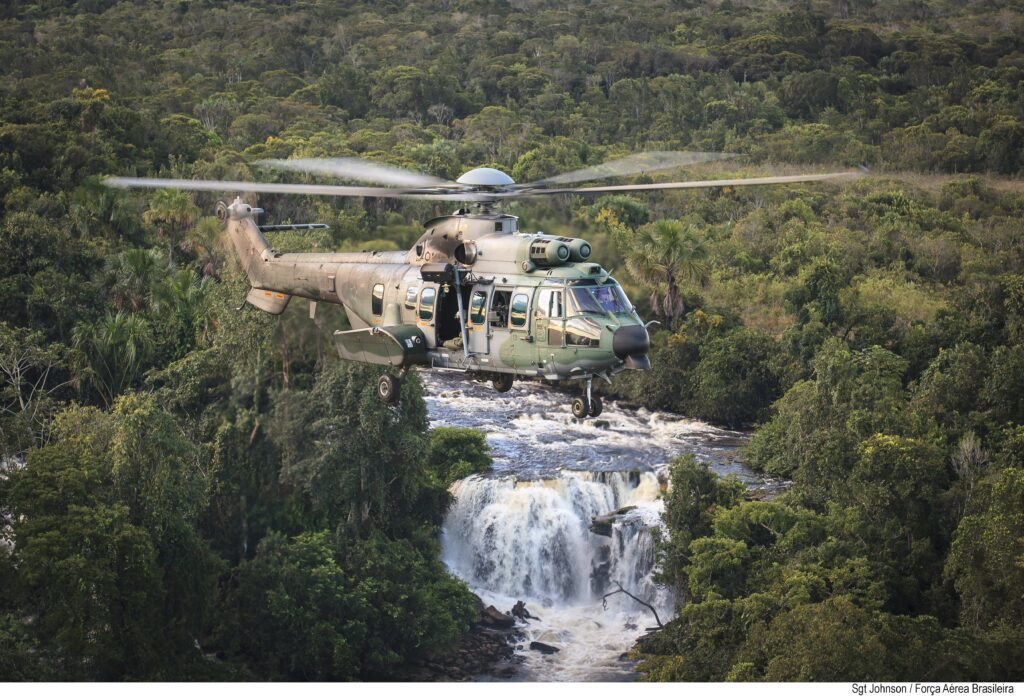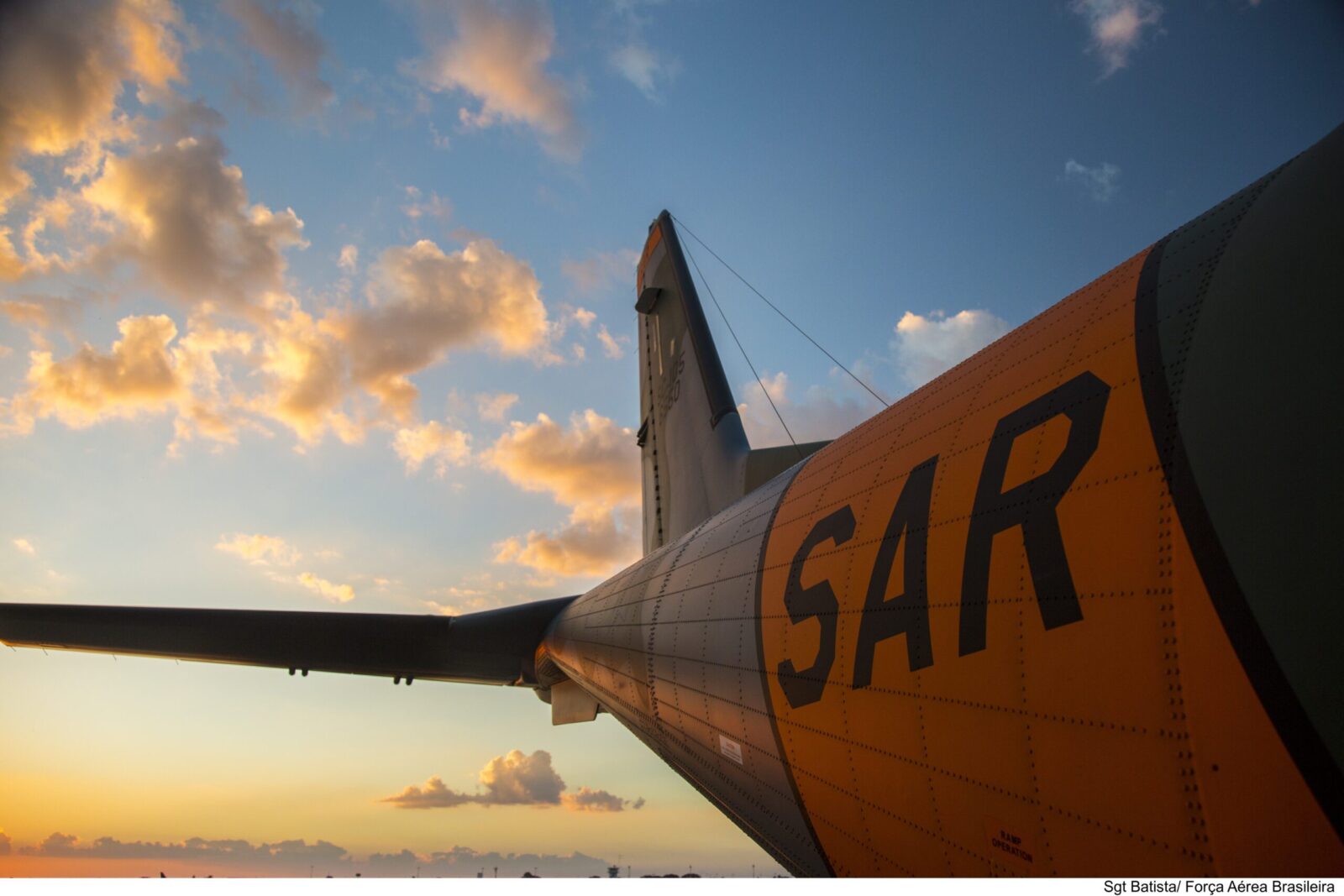In the last 10 years, FAB, through its Search and Rescue Aviation, has located 312 people who were victims of aviation and maritime accidents
Air Force Agency, by Aspirante Roberta Nunes and Major Oliveira Lima
Knowing that you have someone to count on in difficult moments, when your life is at risk, is what gives you hope. And it was this feeling that made the difference in the lives of five military personnel. “I knew you would come!”. This was the phrase that marked June 26, 1967, when these military personnel were rescued, after eleven days of the disappearance of the aircraft C-47 FAB 2468, in the Amazon jungle. The operation was so remarkable that June 26 was the date chosen to celebrate Search and Rescue Aviation Day. It is they who are always ready to save lives.
In the last ten years (2012 to 2021), through Search and Rescue (SAR) operations, the Brazilian Air Force (FAB) located 312 people who were victims of aviation and maritime accidents. Only between 2020 and 2021, the operations resulted in the location of 35 people alive and another 95 received some kind of assistance from the Brazilian Aeronautical Search and Rescue System (SISSAR).
On September 7, 2020, for example, the Second Squadron of the Tenth Aviation Group (2º/10º GAV) – Pelican Squadron was activated to conduct searches for the PP-BLU, Robinson R44 model aircraft, which disappeared during a flight in the Jacareacanga (PA) and Itaituba (PA) route with four people on board. Then, SAR 6551 (SC-105) took off at 8:35 pm straight into the search pattern. At 0300 hours it was possible to identify the aircraft perched on a sandbank and the survivors next to it with a lighted fire. At approximately 7:30am everyone had been rescued and taken to Itaituba.

Action
The military’s action consists of using Air Force resources and begins with the activation of the Aeronautical Search and Rescue System (SISSAR), which has the purpose of locating and rescuing occupants of aircraft and boats in dangerous situations. This system has a central body, the Airspace Control Department (DECEA), which normatizes, coordinates and controls the Search and Rescue actions.
Calling
When it is not possible to confirm the aircraft’s safety conditions and there is no communication between the control agency and the pilot, the search mission is triggered. SAR Observers are fundamental in these operations. They are military personnel trained to locate missing people. They are positioned on either side of the aircraft, observing the terrain through windows. Periodically, the observers take turns to ensure that everyone remains alert and rested. Currently, FAB has ten Squadrons that can act in Search and Rescue missions, located in Campo Grande (MS), Parnamirim (RN), Rio de Janeiro (RJ), Santa Maria (RS), Manaus (AM), Canoas (RS) and Belém (PA), all ready, 24 hours a day, to fulfill the mission in a coverage area of 22 million square kilometers.
Ending
A SAR operation can be terminated or suspended. In both situations, the Aeronautical Rescue Coordination Center (ARCC) should immediately inform the involved agencies, links and services, the initial source of information, and the relevant authorities. It is either terminated when all victims have been located and survivors rescued or suspended when there is no longer a reasonable expectation of finding survivors.

Photos: Petty Officer Johnson, Sergeant Bianca and Sergeant Batista (CECOMSAER). *** Translated by DEFCONPress Team***
Video tribute to the Search and Rescue Aviation Day (narration in Portuguese)
A video tribute to the Search and Rescue Aviation Day, celebrated on June 26th. Watch the video in honor of the Search and Rescue Aviation Day, celebrated on June 26, which has the mission of locating, rescuing, and rescuing, so that others may live.
